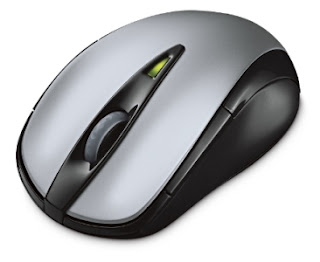type="html">
Paper jams are among the most common problem with ink jet printers. Follow these instructions to learn how to clear a paper jam so you can get back to work.
Disconnect the power cord from the back of the printer before you begin. With the power disconnected, you will protect yourself from being shocked. This is an important step when you are fixing any type of electronic device.
Instructions
Plug the printer in and attempt to print again. If you can print successfully, you have removed the paper jam.
Tips & Warnings
Disconnect the power cord from the back of the printer before you begin. With the power disconnected, you will protect yourself from being shocked. This is an important step when you are fixing any type of electronic device.
Instructions
- Move your printer so that you'll have access the back panel. Unhinge the back access panel of the printer.
- Look for paper through the opened back panel. Remove any paper you find jammed.
- Close the back access panel. Make sure that it latches into place and looks the same way it did before you opened it.
- Open the front or top access panel. This is the panel you use to access ink cartridges. If the carriage that holds the ink cartridges moves, then you forgot to unplug the printer. Go back and do that now. Look for paper that may be jammed in this area of the printer.
- Remove any paper you find jammed here. There will be resistance from the paper feeder, so pull slowly or the paper will rip and create a more serious problem.
- Close the front access panel. Make sure that it latches back into place.
Plug the printer in and attempt to print again. If you can print successfully, you have removed the paper jam.
Tips & Warnings
- If you have removed all jammed paper and foreign materials from the printer and you still get an error message, you may have a problem with the carriage or the ink cartridges. Contact HP customer service.
- Remove jammed paper from the back whenever possible. Removing jams from the front can cause damage.
- Do not overfill the tray with paper. Check the tray for markings that tell you how much paper it can hold.
- Do not add or remove paper while the printer is printing. This is one of the leading causes of paper jams.
- Printers are very sensitive and are easy to damage. Simply touching some inner components can have lasting negative effects. If you are unsure of what you are doing, find someone who is more experienced with printers.












